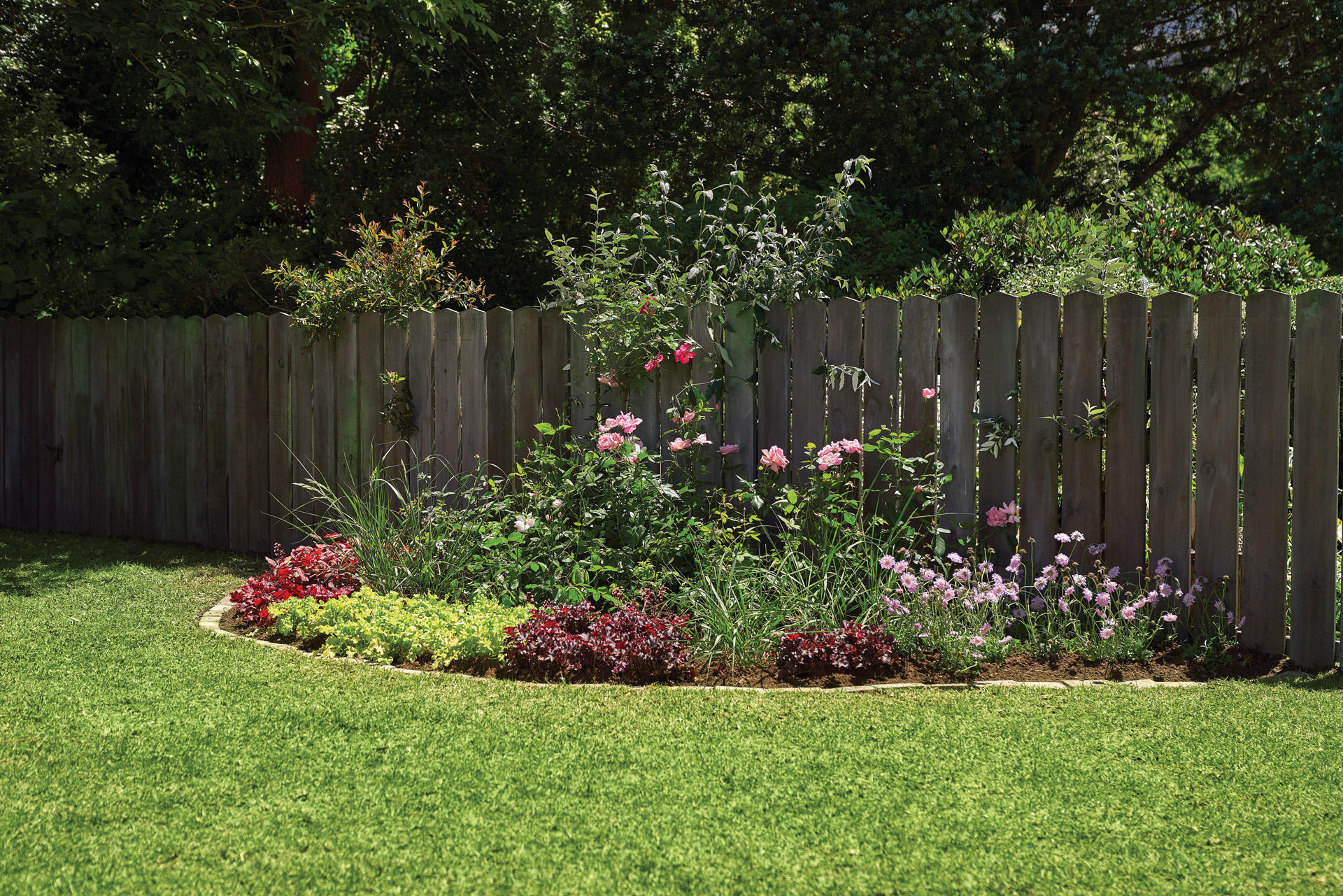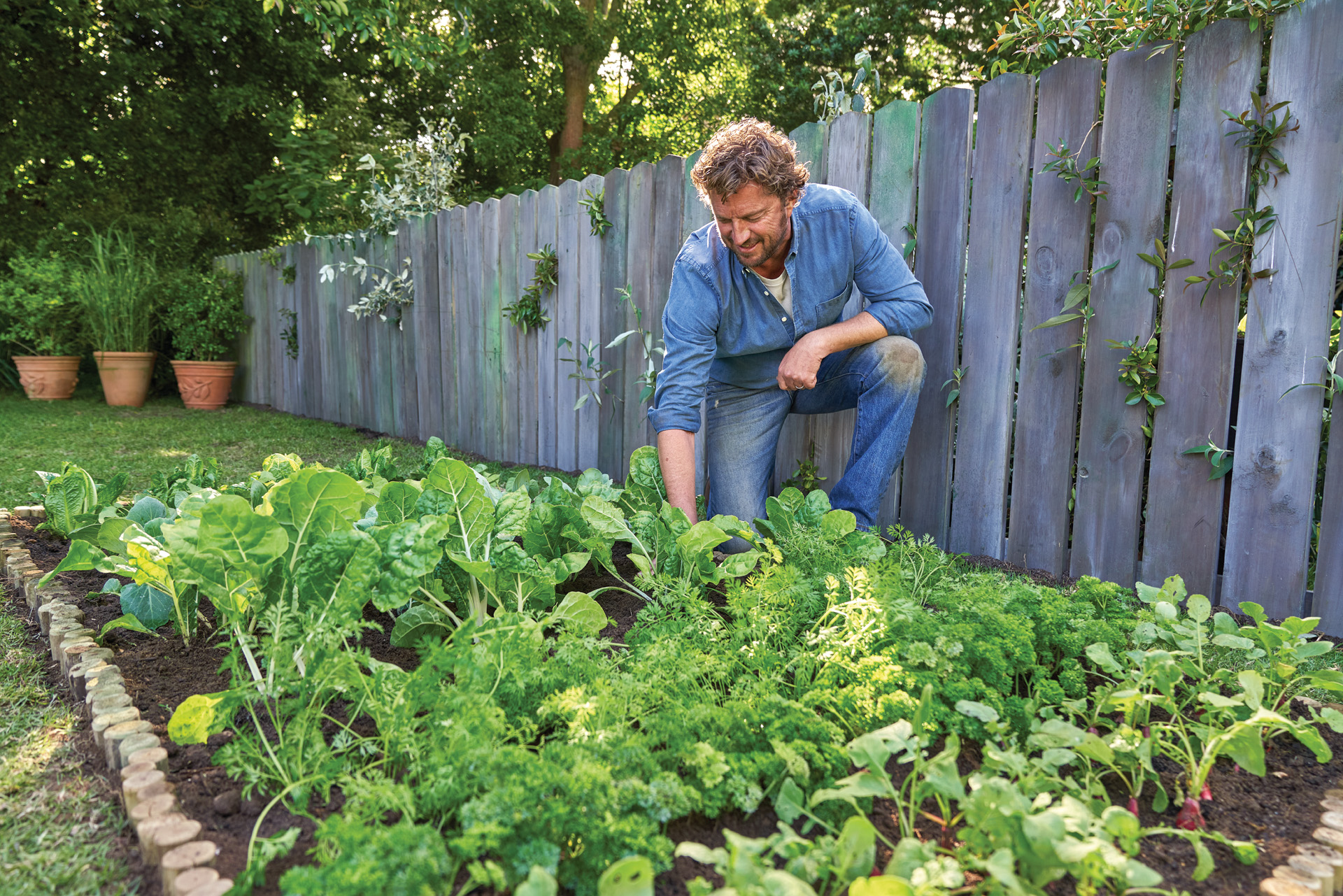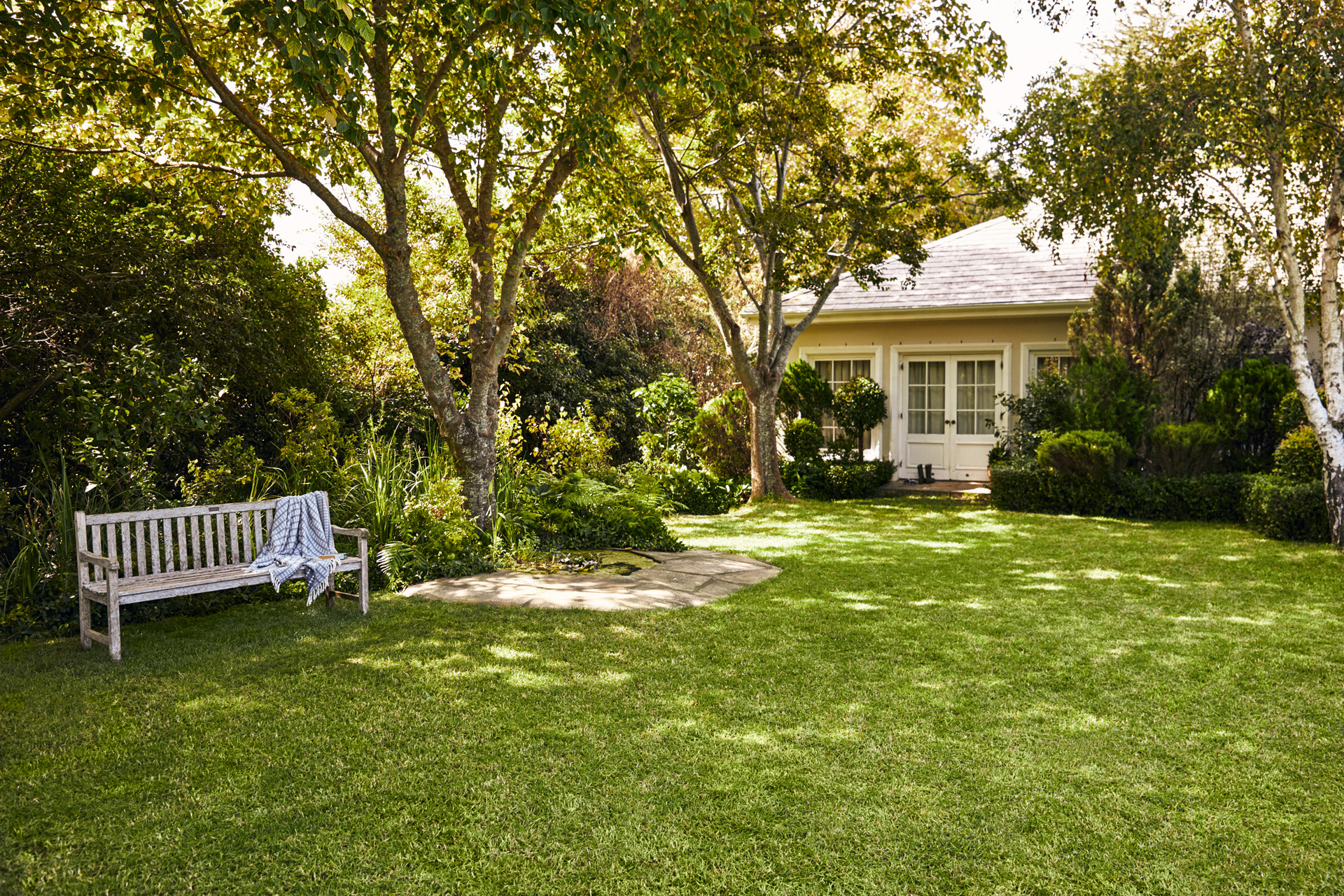Creating and designing a plant bed: How to make your new bed

Building a plant bed: Add variety to your garden
A bed makes space for a wide variety of design options in your garden. Whether you want a colourful sea of flowering perennials or are planning on taking a step towards self-sufficiency with a vegetable patch, there are no limits to your creativity when it comes to creating and planting your bed.
We’ve put together some helpful tips on how to design and build a plant bed, and what you need to know to ensure you can enjoy it all year round.

planting a perennial display

Planning and planting a vegetable garden
What type of bed do you want?
There are various types of plant beds. Perennial beds and vegetable beds are two of the most popular garden beds you’ll find. Perennial beds are for ornamental garden plants, while a vegetable patch, on the other hand, promises a delicious yield of potatoes, cucumbers and more. For a striking design choice, an island bed, which is located in the middle of a lawn, is a great option.
What is the soil like?
The soil in your garden plays an important role when planning and building a plant bed. Is the soil clay-heavy or is it sandy? What nutrients is it lacking? A soil analysis will reveal this information. They are not expensive and can be easily ordered online. An analysis will help you avoid unnecessary fertilisation, which could have a negative effect on the soil and plants in the long term.

Location and size of your new garden bed
The location of the bed will determine which species will thrive in it later. Shady beds are not suitable for sun-loving plants. Vegetable beds in particular should be in sunny locations. Perennial beds can accommodate a wider selection of plants that are also comfortable in shadier locations. The bed should be somewhat protected from the wind so that the plants can grow and thrive in it.
Of course, the shape and size of the bed will also depend on how much space is available. Spaces on the edge of a property are often ideal, but island beds, surrounded by lawn on all sides, are also an option. If you decide to build a plant bed around a tree, remember that the tree will cast a shadow.
One space-saving alternative to conventional vegetable patches is a raised bed. With a little handiwork, you can build your own planter box that can be used to create a small vegetable garden.
Which kind of border is suitable for a bed?
The general function of a border is to separate the bed from the paths and the lawn. The border also prevents grass from growing into the bed and visually separates the lawn and bed. There are various materials that can be used to make a border. Here are a few suggestions for bed border materials:
Stone border
One traditional way to add a border to your bed is using stones. Basalt, sandstone or granite are suitable for this, and all look beautiful. The stones are embedded in the ground to form the border for the bed. If you want to make sure the surrounding grass does not grow into the bed, it is best to place the stones in two rows, offset from each other.
Wooden border
Simple wooden boards can also be used as a border for a bed, while fence trims made from woods such as robinia or hazel offer a more attractive alternative. One thing these natural bed borders have in common is that they will weather over time and need to be replaced.

Preparing the soil for your bed
So you’ve selected the location, determined the size and decided what type of bed you want to create. Now it’s time to prepare the bed surface and the soil. First, remove any overgrowth and weeds from the area. If you want to turn an area of lawn into a bed, you can loosen the turf and turn it over.
Loosen the ground with a fork. If the soil is clay-rich and firm, it may be necessary to dig over the area. Work in some natural fertiliser and compost as you dig, to improve the soil. Bonemeal is also good for improving soil quality. Finally, level the soil with a rake.
You can find detailed instructions about soil preparation in our guides on vegetable patches and perennial beds.
Planting your garden bed
How to go about planting depends on the type of bed. For vegetables, you can choose between seeds and young plants, which you can purchase from the DIY store or at a nursery. Seeds are cheaper than plants and offer greater diversity. To grow potatoes, you will need to sow seed potatoes. For a bed of ornamental perennial varieties, you usually place the plants directly in the bed, but flower bulbs are also a good option. Essentially, there are no limits to your creativity. However, you must pay attention to the location of the bed and its soil quality.
A raised garden bed is a pretty alternative to a traditional bed, and is also kind to your back. In our article, you will learn how to plant a raised bed and what to consider when planting beds in general.
Creating and designing a bed: General tips
Beds are a great addition to your garden, but they need care if you are to enjoy them for a long time to come. We have put together a few basic tips for you. Watering beds is not that time-consuming if you follow a few simple rules.
Water the bed properly
Regular raking of the bed saves time and effort when watering. The raking loosens and changes the soil structure so that less water evaporates. Apart from that, how often you need to water your growing bed depends on what is in it. It is better to water generously and infrequently rather than little and often. Save water by using a water butt to collect rainwater for watering.
Leave vegetable patches fallow
A vegetable patch should be left to rest for one season every three years. If the bed is continually cultivated, the soil quality may deteriorate over time and the soil can become depleted of nutrients. A short break prevents this and gives the bed an opportunity to regenerate.

Summary: Designing and building a plant bed
A plant bed enriches your garden and offers a wide range of design options, whether you opt for a vegetable patch or a perennial bed.
- Ideally, the site for your bed should be sunny and sheltered from the wind, though some plants also thrive in shade.
- Vegetable patches promise a delicious and bountiful harvest.
- Perennial beds offer an opportunity to give your creativity free rein.
- Prepare the soil by exposing the surface and then digging it over or loosening it with a fork.
- All plant beds need care. They need to be watered regularly, and every few years they need a break to regenerate. Vegetables in particular draw many nutrients from the growing bed’s soil.
When to plant beds can be coordinated seasonally. Basically, the soil should neither be frozen nor too hot. Autumn or spring are ideal, although spring is usually recommended.
Which fertiliser is used for a bed depends on the plants growing in it and the soil conditions. Compost or natural fertiliser can be worked in as a preparation. Horn shavings can also improve the nutrient supply. A soil analysis provides clarity about the needs of the soil.
There are various options for edging beds. A simple border made of stones prevents the lawn from growing into the bed. Wooden or metal borders are also possible. Ultimately, bed edging is an aesthetic decision that should suit the garden.
A bed should not be dug up too often, as this mixes the soil layers and the microorganisms living there have to reorganise themselves. Lightly raking the bed, on the other hand, can improve water retention in the soil.
This depends entirely on the type of bed. If you choose a perennial bed, you bring together plants with similar site requirements. If a vegetable bed is planted, good neighbourliness between the vegetable varieties is important.

